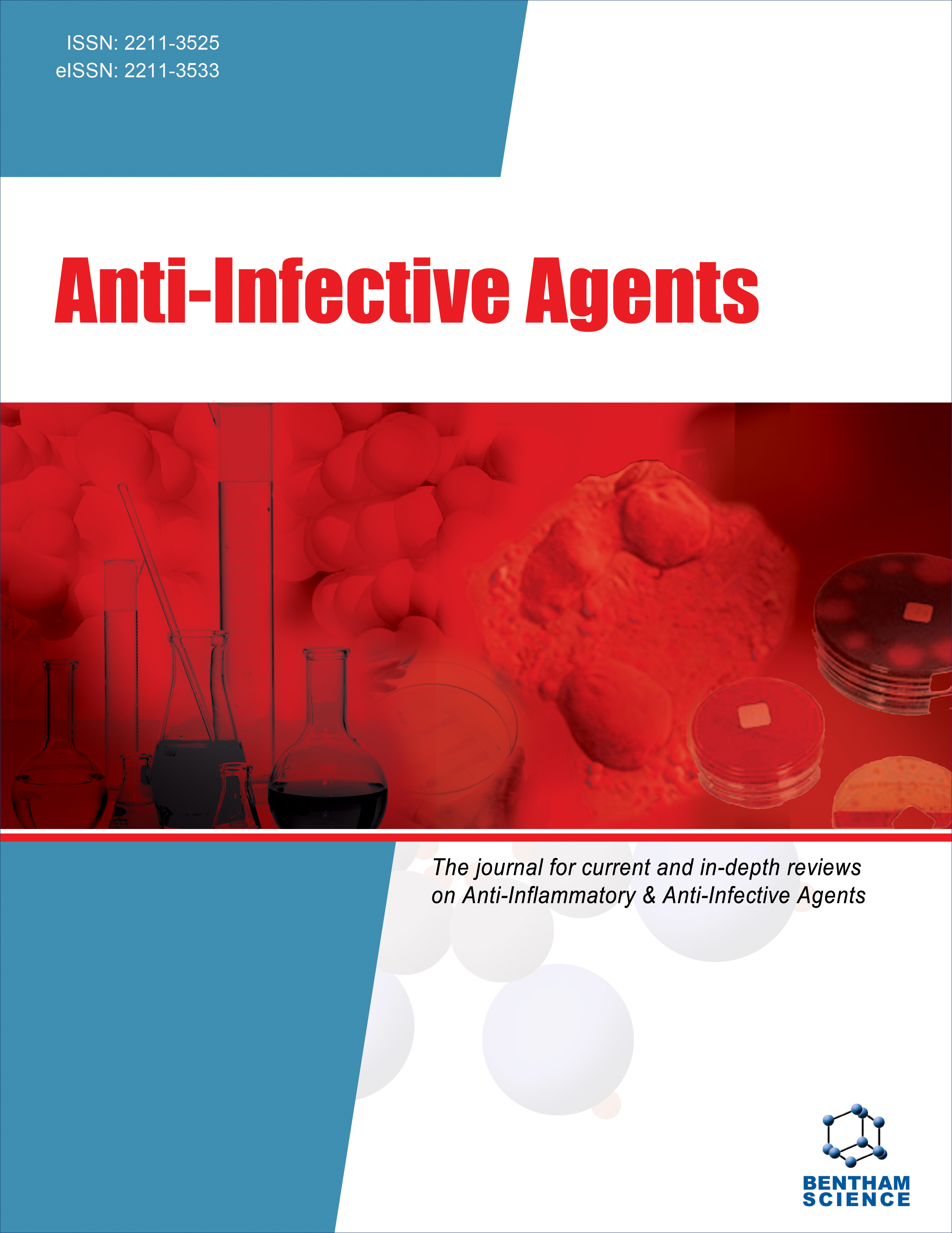
Full text loading...
We use cookies to track usage and preferences.I Understand

This study explores the antimicrobial, antifungal, and insecticidal properties of Scolymus grandiflorus essential oil, examining its potential uses in the fields of pharmacology and agriculture.
The essential oil obtained by hydrodistillation was studied by GC and GC/MS. The antibacterial capacity of the essential oil was determined against two Gram-positive and three Gram-negative bacterial species. The antifungal activity of the essential oil was investigated against two fungi responsible for many fruit and vegetable diseases. The insecticidal activity of essential oil was evaluated against larvae, pupae, and adult flies of Ceratitis capitata.
The GC and GC-MS analysis of the essential oil of the roots of S. grandiflorus revealed the predominant presence of davanoids, representing more than 80% of its chemical composition. The results of the disc diffusion test showed significant antimicrobial activity. The essential oil inhibited the growth of Salmonella typhi (25 mm), Staphylocoque aureus (18 mm), and Escherichia coli (17 mm), with inhibition diameters comparable to those of gentamicin. The essential oil significantly inhibited mycelial growth, with up to 98% inhibition for Fusarium solani and 73% for Alternaria alternata at 8 µL/mL. Insecticidal activity was most pronounced on adult flies, followed by pupae and finally larvae.
Tests on the essential oils of S. grandiflorus revealed promising characteristics as insecticidal, antifungal, and antimicrobial agents. These results could be used in the development of new solutions to control pathogens responsible for plant diseases and mycotoxin-producing organisms.

Article metrics loading...

Full text loading...
References


Data & Media loading...